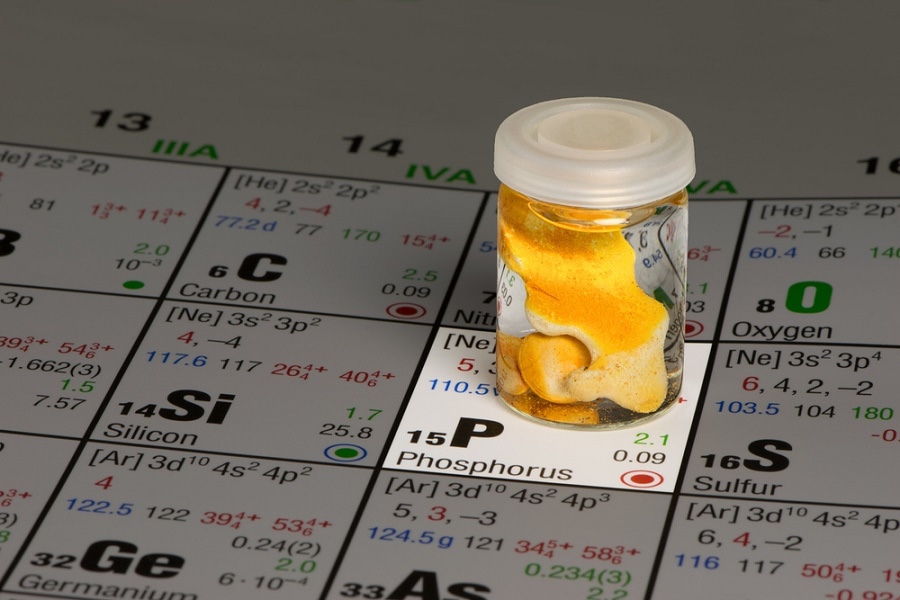Apr 19 2016
 Image Credit: Magnetix | Shutterstock.com
Image Credit: Magnetix | Shutterstock.com
Over the past two years, phosphorene has gained increased attention because of its potential in flexible, thin electronics. Phosphorene is naturally a semi-conductor, providing potential where the miracle material graphene falls short.
There has been a decade-long attempt to make graphene semi-conducting. Our group and others have tried to do it with limited success. So why not just use a material that is already a semi-conductor?
Mark Hersam, Professor of Materials Science and Engineering, Northwestern
Only if it is extremely thin, ideally on the atomic scale, can phosphorene reach it's full potential. Until now, researchers have found it difficult to exfoliate atomically thin flakes from the bulk material, known as black phosphorous, in an efficient and rapid manner. This problem may have been solved by Hersam. Recently, his team came up with a technique resulting in an increased exfoliation yield and extremely thinner flakes, compared with earlier efforts.
The research, supported by the National Science Foundation and Office of Naval Research, is explained online in the April 18 issue of Proceedings of the National Academy of Sciences. Joohoon Kang, a graduate student in Hersam’s laboratory, is the first author of the study.
After going through an exfoliation process from black phosphorous, phosphorene exhibits a wide range of mechanical and electronic properties obtained from its parent material. The atomically thin, two-dimensional layers are not only powerful semiconductors, but they also significantly emit light, suggesting opportunities for optoelectronics.
Graphene taught us that the most scalable method was to exfoliate in a solution. You begin with a solvent and then add graphite and a surfactant. After introducing energy via sonication, you can exfoliate the graphite down to graphene. It would seem obvious that the same approach would work with phosphorene. The difference, however, is that phosphorene is very reactive chemically, which requires important changes in protocol to achieve exfoliation without degradation.
Mark Hersam, Professor of Materials Science and Engineering, Northwestern
Phosphorene’s chemical reactivity deteriorates rapidly when exposed to open air. The end result highlights that air components, like oxygen and water, should be avoided as they are driving degradation. Initially, Hersam bypassed this problem by exfoliating with organic solvents in a closed, water-free and air-free environment.
The problem with the organic solvent approach is that it is very inefficient. It results in low exfoliation yield and flakes that are relatively thick.
Mark Hersam, Professor of Materials Science and Engineering, Northwestern
After a year of analyzing the degradation process, Hersam and his group came up with a breakthrough; phosphorene deteriorates in the presence of oxygen and water together. Hersam bubbled an inert gas through water and deoxygenated it, to develop an aqueous solvent to exfoliate black phosphorous that prevents degradation. Black phosphorous was then sent through a sonicating process in a mixture of deoxygenated water and surfactants. At this point, Hersam discovered an increased exfoliation yield and substantially thinner flakes that arrived at the atomically thin limit.
In addition to providing high-quality phosphorene materials, the technique uses environmentally benign water, which is very common, as opposed to organic solvents.
We took the resulting exfoliated flakes and fabricated transistors out of them. The device metrics were among the best reported for any exfoliated phosphorene, thereby confirming that we had isolated high quality material in a scalable manner without degradation.
Mark Hersam, Professor of Materials Science and Engineering, Northwestern